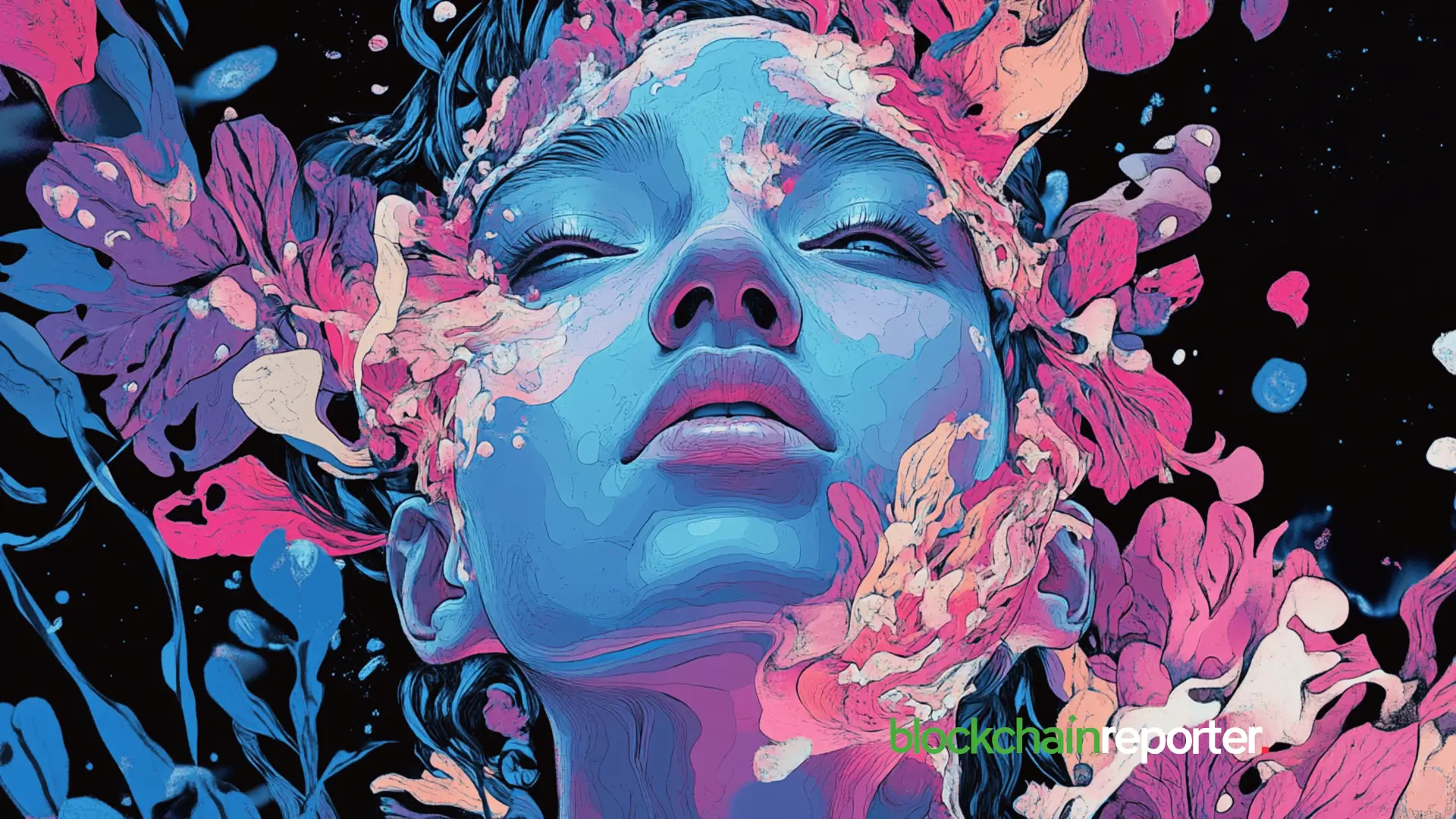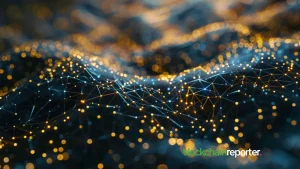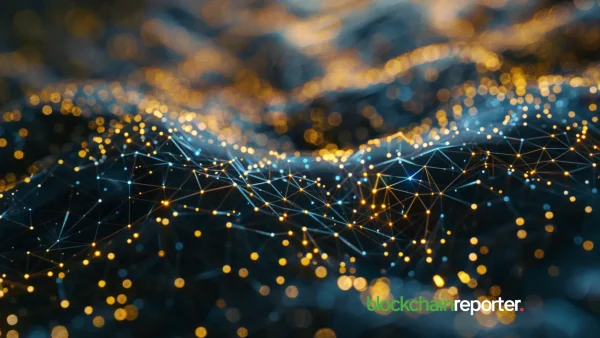
Data from Nonfungible.com shows that the NFT value rose by a breathtaking 299% in 2020 at a value of over $250 million. Furthermore, NFTs have already seen astonishing sales in the first quarter of 2021. In recent years, before the advent of NFTs (Non-Fungible Tokens), artists were skeptical about having their original work duplicated and manipulated extensively across the internet. It was completely normal because artists saw minimum profits from work which others used to mint.
The rise of social media and technology has made it pretty easy to use someone else’s work as your own and gain credits from it while the original creator mints nothing. Since it is difficult to track and compensate originator’s work each time their work gets used, that’s where NFTs – a unique token representing a digital file – come to the rescue.
NFTs generally improve creator monetization by retaining ownership of their content while still allowing their content to circulate across the internet. It is now possible for originators to get compensated each time their work gets used elsewhere. NFTs could be the future of ownership because it comes with benefits for everyone involved.
What are NFTs?
A non-fungible token (NFT) is an ownership data stored in a blockchain that confirms a digital asset’s uniqueness. Unlike currency, a fungible asset, it can be divided into smaller portions and will still have the same value – NFTs are non-fungible therefore not interchangeable.
In a blockchain, an NFT is a cryptographic hash that verifies the uniqueness of a set of data from previous records. Apart from its use in blockchain technology, NFTs have diversified uses.
How do NFTs Work?
Non-fungible tokens are a way of registering an asset’s ownership into a ledger that runs on the Ethereum blockchain. The record of ownership changes by being constantly updated and encrypted on multiple computers globally; however, no one can change or hack it.
What’s more, developers can access smart contracts – a self-executing contract between parties written into lines of codes – which can permit transactions and agreements to move between anonymous parties. For instance, a smart contract can instruct that each time a digital asset gets resold, the original owner will get 20% of the sales price.
It guarantees that the original owner gets compensated each time his work gets resold. NFTs allow you as a creator to get ownership of your work while still selling small portions of the content without the need for a central authority. You also get to retain a certain level of control over how your work is being used and monetized.
Uses of NFTs
NFTs ease the identification of uniqueness via the blockchain ledger of multiple industries, which has created profound growth in the different fields like:
1. Digital Art
For instance, the Mona Lisa art by Italian artist Leonardo da Vinci has had multiple duplicates over the years; however, none of the pieces match the authentic original. Blockchain technology’s ability to confirm the uniqueness and ownership of NFTs has allowed its incorporation into digital art.
An example is an art from artist Beeple, or Mike Winkelmann, who included it as an NFT and sold it for a record-breaking $69.3 million. It made him the most high-profile artist to achieve such an enormous sale and the third-highest art price attained by a living artist.
2. Collectibles
These comprise digital card collections, like the NBA Top Shot platform that sold a Lebron James slam dunk NFT card in February 2021 for $280,000. Moreover, in 2020, WAX blockchain sold 125,000 NFT trading cards with images from William Shatner’s personal life and career from the 1930s to date in a mere nine minutes. It complements the desire for people to collect and obtain original card collectibles.
3. Music
NFTs can also apply in music, where musicians get to tokenize their work. In particular, Kings of Leon, a well-known rock band, released their first album, “When You See Yourself,” as an NFT. Also, American rapper Lil Pump collaborated with the NFT platform Sweet to release a unique NFT collection.
Apart from the aforesaid uses of NFTs, there are still more uses like in a film, sports, fashion, etc.
Why is NFTs Important?
Some fanatics project NFTs as the future of ownership, and they believe any property will eventually have its ownership tokenized. First, NFTs could be the answer for artists to elevate their digital artwork monetization. NFTs can help artists garner more income from receiving royalties each time the NFT changes hands after the initial sale.
Second, NFTs can improve investing by fractionalizing physical assets because it is easier to divide a digital asset among multiple owners than by dividing a physical one. For example, a digital Mona Lisa painting does not need a single owner but can split into multiple owners. Fractionalizing such digital assets could increase its worth and overall revenues.
Some Challenges of Ownership
NFTs seem to be the answer to our future ownership; on the other hand, NFTs could pose some risks. Although an artist can get more from a unique piece, it does not guarantee value.
Some can accrue multiple losses if the hype dies down. Also, the risk of fraud can limit some from jumping into the craze because the market has many people using pseudonyms.
What Does the Future Hold for NFTs?
Many digital artists have suffered for so long after years of hard work creating content that ends up generating visits and engagements on Big Tech platforms like Facebook and Instagram while getting almost nothing in return. It’s time for change and time for content creators to hop on the NFT frenzy because it’s clear what creators can achieve with the aid of NFTs.
It’s retaining the originality of work for some, and for others, it’s the rapidly rising prices and the prospects of significant returns. Either way, NFTs prove to be a stepping stone for digital content out there and more so for content creators to do more and gain more from their work. The future for potential ownership impact is bright for creators, and it’s high time for you to jump on the bandwagon to avoid missing out.






